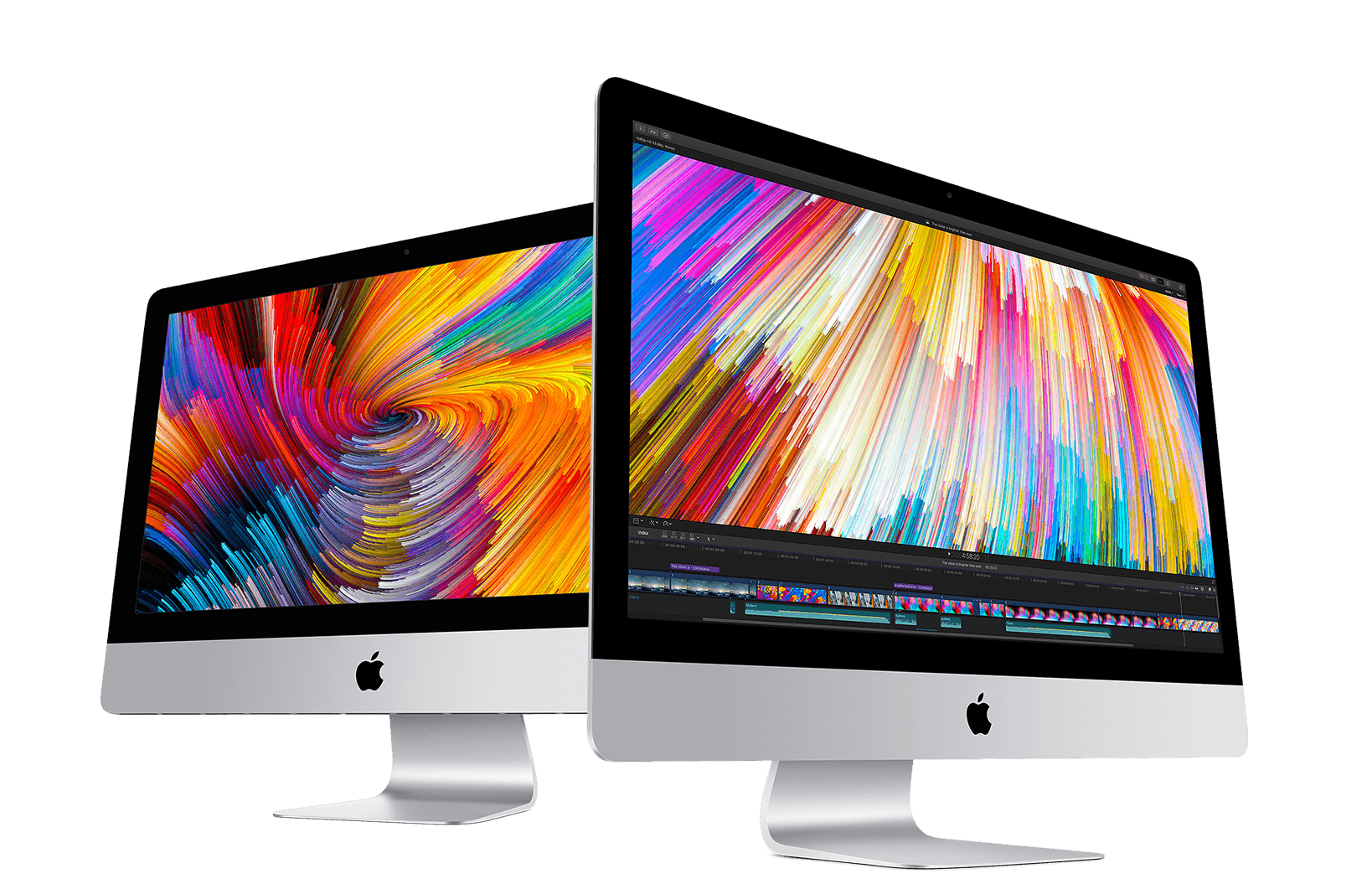Design and build
The N-50A is a well-built metal box, which looks and feels like a quality item. We are fans of the brushed aluminium faceplate and its modern, minimalist vibe. The colour LCD screen, which felt cramped in the original N-50, has been bumped up to 3.5in and the finish options are in silver (the N-50A-S, for your information), or you can opt for the N-50A-K.
Here the ‘K’ stands for ‘kuro’ (or black to the rest of us). The remote control offers well-spaced, solid, responsive buttons. Smartphone fans can download the control app (imaginatively called ‘ControlApp’) for free on Android and iOS.
This is great for track selection and viewing album artwork, but we wouldn’t mind if it were a little slicker to use.
Features
The N-50A works with a number of sources. Its DLNA certification means it will traverse your network to shake hands with other connected devices, from NAS drives to smartphones. USB Type-A ports let you play from iPods and iPhones, as well as hard drives and memory sticks.
A USB Type-B connection allows you to hook up a computer. You also get Spotify Connect and internet radio, while AirPlay brings in Apple devices. And if that’s not enough, there are digital optical or coaxial inputs. Optional external adapters offer to add wi-fi or Bluetooth.
File compatibility is extensive: MP3, LPCM, WAV, WMA, AAC, Apple lossless, FLAC, AIFF and DSD. Got high-res audio? This thing goes up to 32-bit/192kHz (or 5.6mHz with DSD). The N-50A can take pretty much anything you can throw at it.
Performance
But what really impresses us is how it sounds: the top end sparkles (it is confident and controlled, but never sounds hard), while the midrange is poised and detailed. Bass notes are hefty but not heavy-handed.
Tonal shifts are conveyed with ease. It’s a toe-tapping performance, rhythmically adept and fluidly dynamic. Vocals are expressive. There’s plenty of attack, too: the combination of precision and punch makes for an engaging listen.
There’s also plenty of insight thanks to good detail definition and a high level of clarity. Instruments and vocals are placed firmly on the soundstage, which is airy and spacious.
If you’re the type to fiddle with the sound modes, then you’re in luck. ‘Hi-bit32 audio processing’ expands the input bit signals in an attempt to create a more analogue-like waveform. ‘Up-Sampling’ increases the sampling frequency to 192kHz.
Artificial high-resolution, in other words. The sound becomes more detailed, but it feels manicured and less dynamic. There’s also the ‘Auto Sound Retriever’ option for low-quality, high-compression files.
We found it affected the quality of normal tracks too: the sound gets a bit cloudy, so we wouldn’t recommend it. We prefer listening on ‘Direct’ mode, which is the default setting. Here, audio signals bypass digital processing to reduce noise. The performance is clearer and more precise than standard, with tighter timing.




























